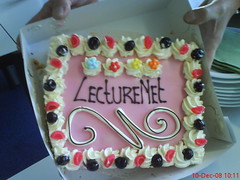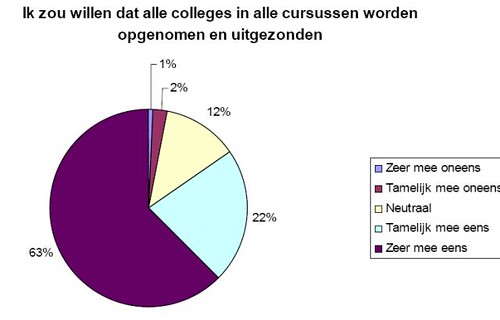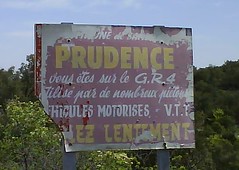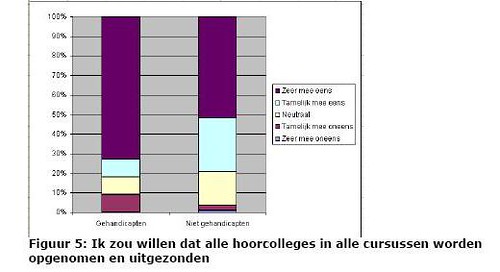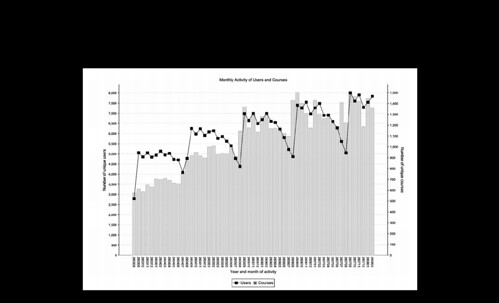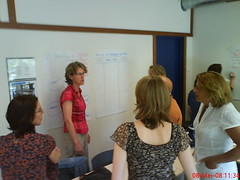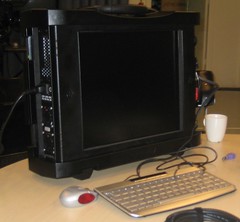On
Willem van Valkenburg's blog I ran into the very first news regarding the long awaited next generation product presented by Blackboard. This was posted on a blog maintained by
the Midland User group. Blackboard 9.0 is what was code named Omni and is the product that is supposed to satisfy Blackboard and WebCT customers. This is all very preliminary and I wonder if Blackboard aporves the fact that an institution has been leaking information, they can be rather secretive.
The release has been planned for January 2009. As far as features are concerned, this is what the Midland User Group lists on their blog:
[start quote]
New user interface - sections that can be dragged and ddropped around on the page, different pane for editing and viewing.
Engagement* bought a communications company, so looking at provision of bulk SMS, email and voice messages through Bb
* page shown with wiki and chat in one area - very much the look of
learning objects!
* iGoogle integration
* facebook integration
* RSS
Assessment* instructor and student dashboard - shows you what is new, who is late, who has submitted work,
* assignment tool redesigned to match more clearly to learning outcomes, can deploy rubrics for marking
* portfolio - new system taking best of all three available systems, launch later than Bb 9.0
Openness* APIs opened up
* enable multiple platforms to run together - moodle and sakai can be added seemlessly (single sign on) and with access to course documents across both
* iPhone interface, other mobile devices in planning
[end quote]
All in all quite interesting although it doesn't quite feel like a next generation VLE to me. It probably is a next generation product for the Blackboard company though. A few thoughts:
- I hope the drag and drop isn't relying on Java applets running on the client, we saw what issues that gave in WebCT Vista.
- iGoogle is nice, facebook is not all that interesting for the Dutch students, linking to Moodle and Sakai is surprising, mobile support was inevitable, otherwise not a lot of surprises.
One of the major things that does not make it a next generation VLE is the lack of the support of learning in a community through groupwork,sharing materials, openness to outsiders (becoming a member of a worldwide (scientific) community). There are a few items there but it will take a little more. On the other hand it will also take more to change the way teachers teach....
